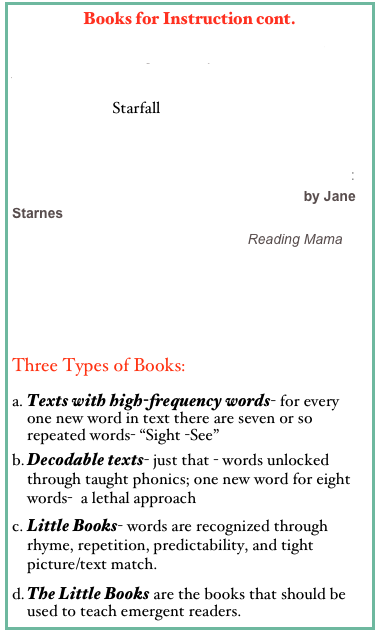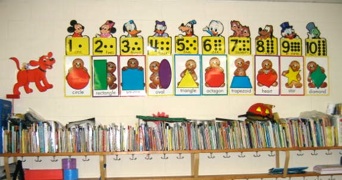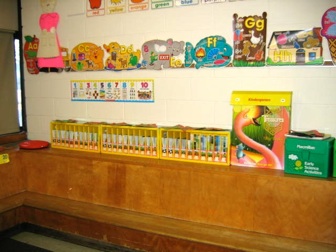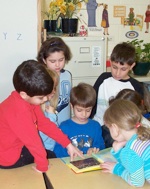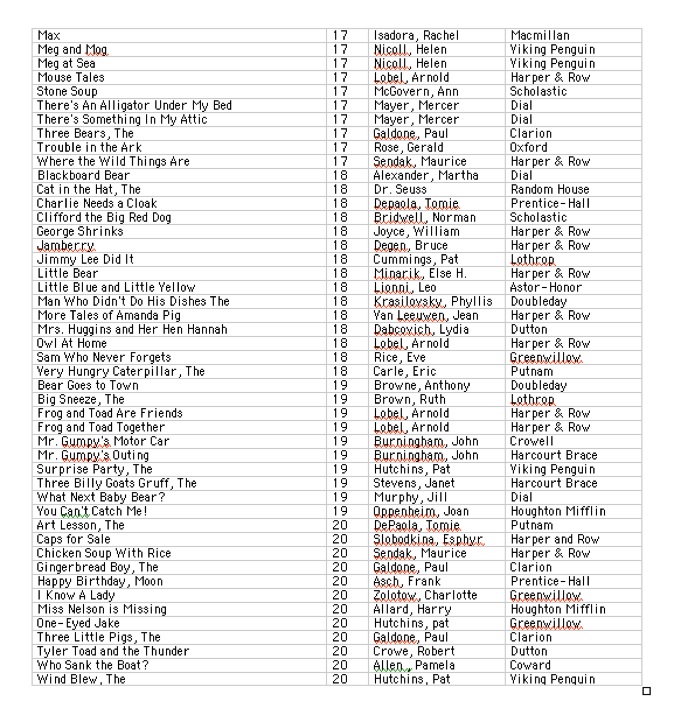Tip: Meeting the Needs of
Diverse Learners
Literature Anthologies or the Basal readers can not be the sole source of instruction. Book companies’ language arts series serves the average student well but not the Emergent Readers, At Risk, or the Advanced students.
I do not want to refer to the “slow” achievers as “Struggling Readers.” No one should struggle; a student can not make progress working on a frustration level which the term “Struggling Reader” implies.
Emergent Readers need a new story each day for numerous and obvious reasons. Students should not be forced to try and cope with material that is on their frustration level. Life long harm may be done; viz.,create a learning disability, poor self-esteem, and/or a defiant bully.
The “little books” which is a component of the adopted reading series need to be scrutinized closely before accepting them as instructional material for the At Risk. Are there numerous titles on each level? Can the students relate to the stories? Is the text directly supported by a picture? Is the reader supported with a text that has rhythm, rhyme and repetition? Are the little books leveled according to Marie Clay’s standards? Marie Clay’s leveling text focuses on: content, illustrations, length, curriculum, language structure, judgement and format - not just the readability of a text determined by DRP, Lexile, and “syntax and cohesion.
A program such as the Wright Group’s with numerous small books on each level is an excellent source of instruction until the students can move into the primer level of the anthology or basal series.
The advanced students need a structured approach with material that is above grade level.
Using reading material designed for the next grade level with the advanced is better than keeping them confined to the on level text. The advanced students working on their instructional level could easily score a 99% on their standardized test because they still take the on- grade standard achievement test.
No student should ever be made to use the same learning tool utilized previously; viz., the year before because of retention. To avoid students being assigned the same text as having used the prior year, a program from another company should be available for those students- just the text and teacher’s addition, not all the components of another reading series needs to be purchased.
(Hopefully the harmful practice of retention is no longer an option.)
Some schools have sets of literature books set aside in the Reading Closet for teachers to use especially with the advanced learners.
A big concern about a purchased program is that the teacher’s guide uses recall questions too often. (Report by Bill Harp in Rdg. T. Oct.’88) As Constructivists theorists maintain: comprehension is a process of drawing on what we already know to help construct meaning when we read. Too often a purchased reading series regards comprehension as consisting of a set of thinking skills which can be identified, measured, and taught. Reading is more than those thinking skills; it is a process of interaction between the text and the student’s background knowledge. Students need to constantly predict and confirm. When the prediction is confirmed, we have comprehension. The remedy is for the teachers to go beyond the teacher’s guide.


